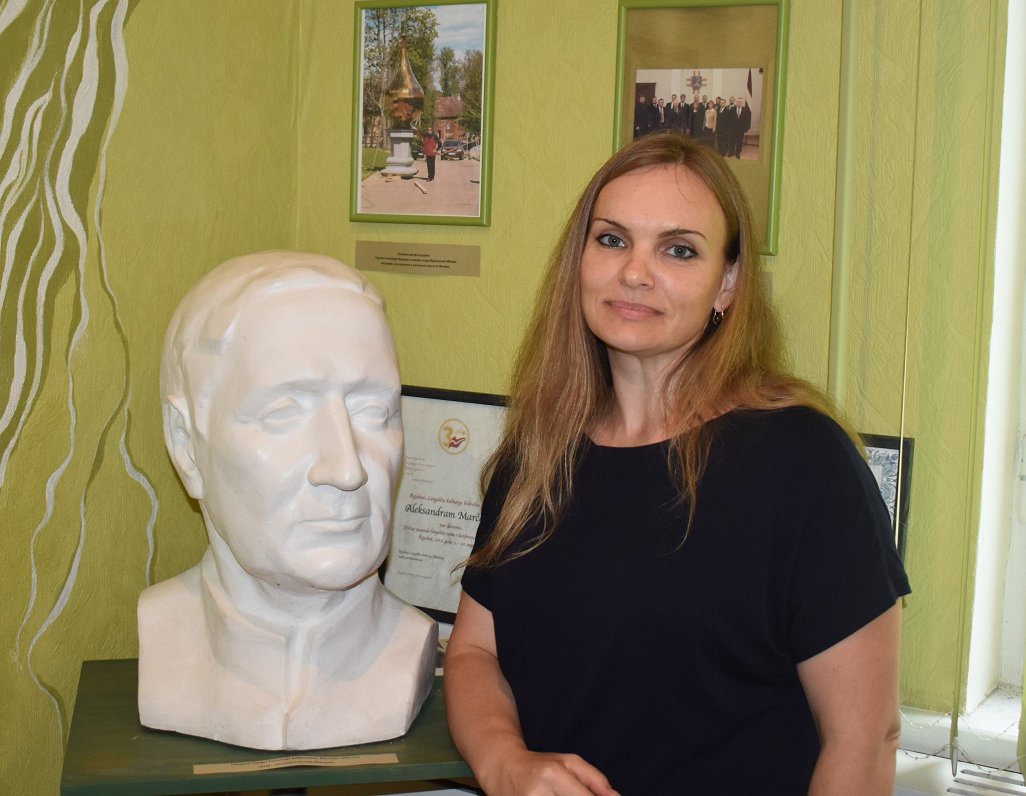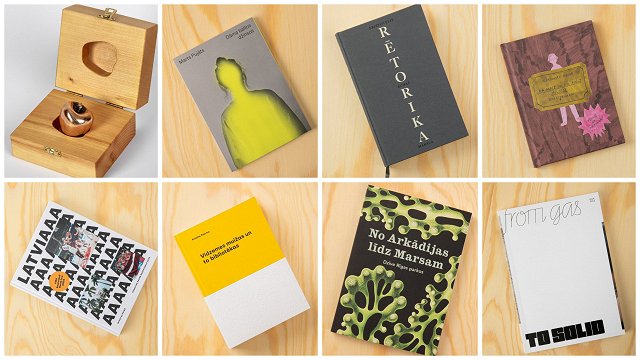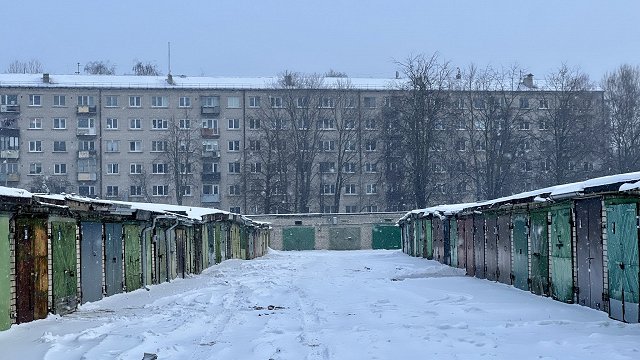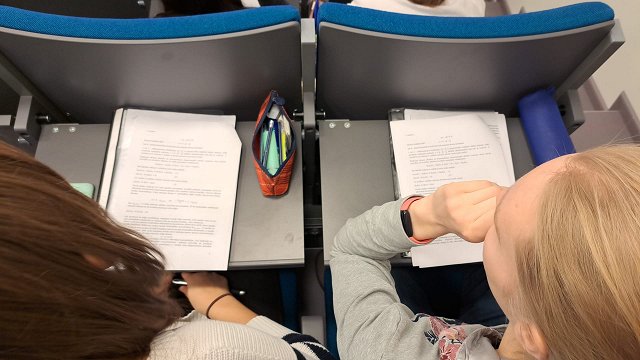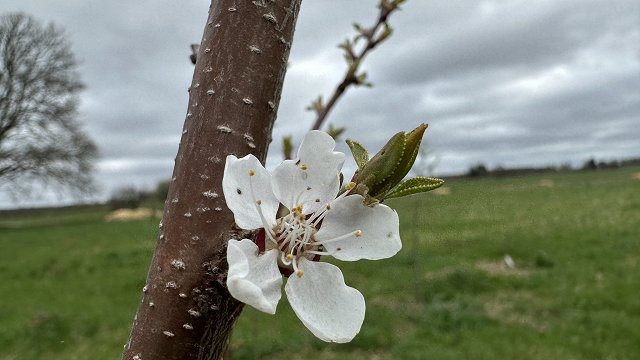Devastated during the Second World War, Rēzekne is not the most visually alluring of cities. But scratch beneath the surface and you will find a town with a beautiful soul.
For example, just behind the modern “Gors” performing arts centre lies a nondescript courtyard that looks like the turf of motor mechanics and scrap merchants. But open the doors of the battered buildings and you step into the refined world of sculptor Svetlana Skačkova-Marčenko.
Born and raised in Latvia’s eastern borderlands, Svetlana and husband Aleksandrs are Old Believers. This is a group of people whose ancestors broke away from the official Russian Orthodox Church four centuries ago, and found refuge from persecution in what today is Latvia.
Svetlana met Aleksandrs while she was still a student at the Latvian Academy of Art in the early 2000s. And despite an age difference of 33 years, enduring love resulted. According to Svetlana, an important part of getting to know her man was delving deeply into the history of his ancestors from the Sinyitsin clan of Old Believers.
“His story moved me and the history and culture fascinate me,” says Svetlana.
The fascinating family history is told in a small museum in the courtyard complex. Descended from stove masons, the Sinyitsins became prosperous citizens who bequeathed structures which still stand today, such as the bell tower of the Old Believer prayer house, boasting Latvia’s biggest bell, and the wooden manor which today hosts the Rēzekne House of Art.
Another member of the dynasty, Ivan Sinyitsin, became an advisor to Nicholas II, Russia’s last Czar. Although Ivan was deported to Siberia by the Bolsheviks after the October Revolution, he survived and had six children, including Aleksandrs’ mother.
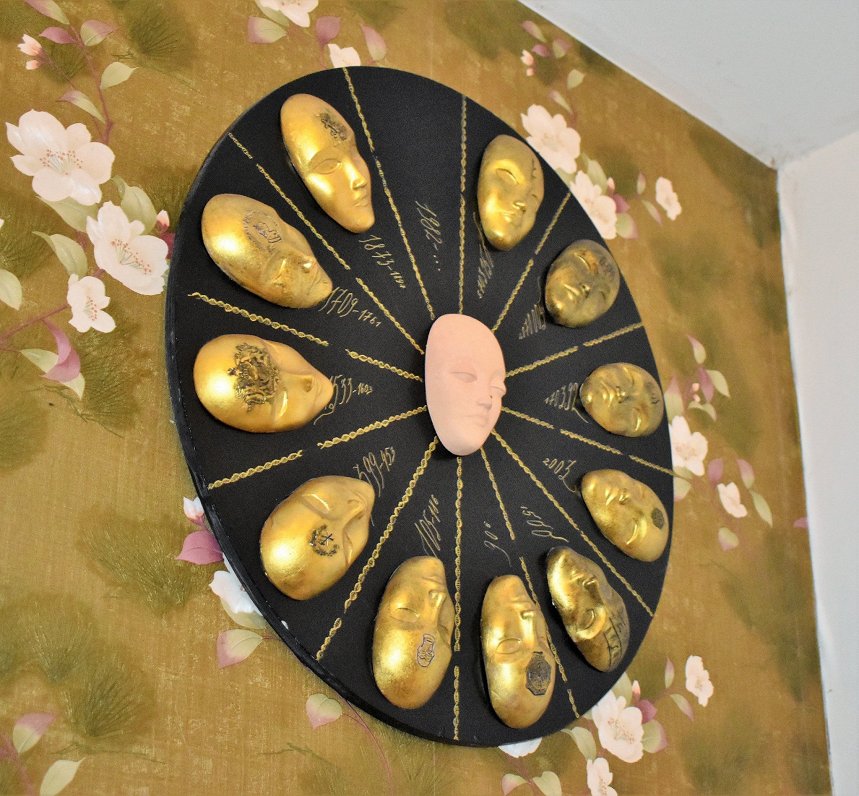
Latgale’s multiculturalism can be sensed from the Old Believer, Orthodox and Catholic churches which mingle along the country roads and streets. And from an early age, Svetlana was eager to broaden her understanding of this mosaic. Despite growing up in a Russian-speaking family, she insisted on spending her final years of high school at a Latvian institution. And at the Art Academy, she explored the richness of local Latgalian culture on field trips to local potteries.
“Through the ceramics of this culture, I discovered the spirit of the people through their pottery, festivals and folk songs,” she says. “I have many Latvian friends and I have a great deal of respect for them. “
Svetlana earns a living from commissions for municipalities and churches in Latgale. In her studio (up another flight of stairs) is a plaster model of a bronze sculpture of Julijans Vaivods, the first Latvian cardinal. But a glance around the space reveals an eclectic blend of personal spiritual influences. Models of Greek goddesses and Hindu deities sit happily with a papal calendar on the wall. She describes herself as a philosopher and has studied many faiths to arrive at her world view.
“The more I studied spiritual and moral issues, the more I realised that while I respect all religions, I don’t fit into the framework of any particular one,” she says. “If a person is aggressive, they will use their commandments or attire or language as a weapon. In Medieval times, the word of God was used to destroy people. It all depends on the individual.”
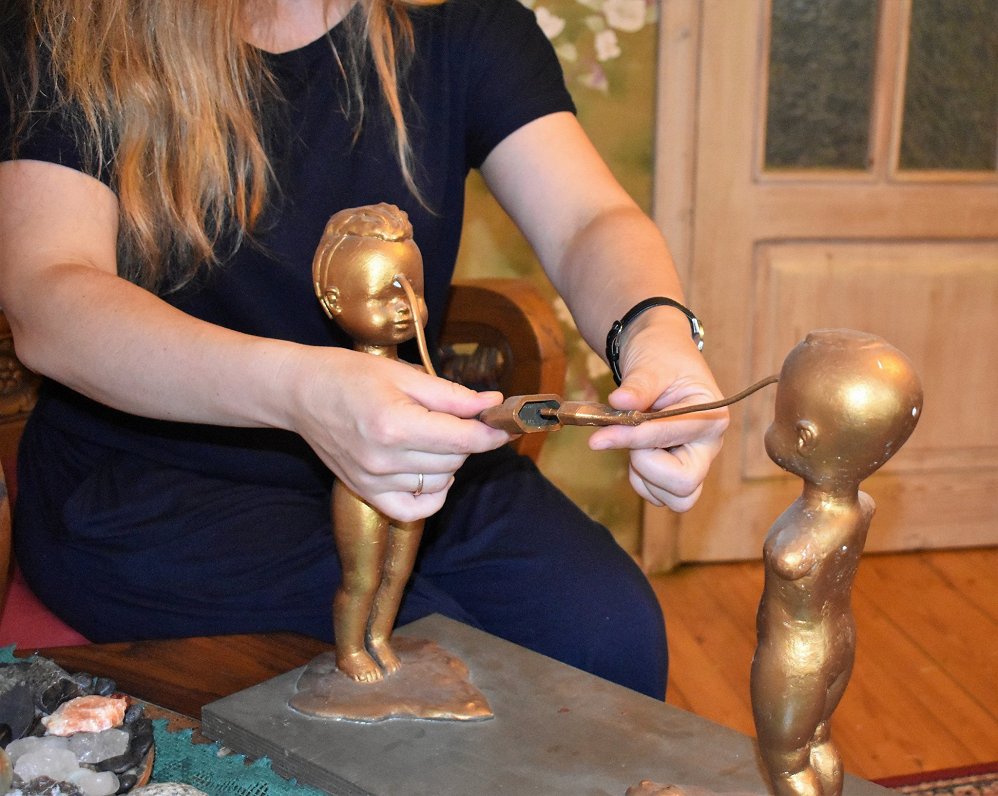
Some of Svetlasna’s private works reveal more about her views on human nature. And these can be seen after entering yet another gate to the garden-ensconced, elegantly furnished family home. On the wall of her study is what looks like a clock, but which on closer inspection has a series of masks from Egyptian, Mayan, Chinese and other cultures in place of numbers. It can perhaps be understood as a metaphor for different historical eras and how time isn’t linear.
“We remember yesterday as a dream, but today is real, and we can reach out and touch each other,” she explains.
Another bronze statue depicts two figures without arms but connected by a power cable running between their heads. Svetlana says that while she originally created it as a commentary about the difficulties of communication between males and females, it has gained added poignancy in the era of social distancing.
“It may be more relevant today that when I completed it at the end of 2017,” she reflects. “We can’t embrace one another, and we are only left with mental communication and remote contact. But if we don’t physically connect, we lose an element of warmth.”
